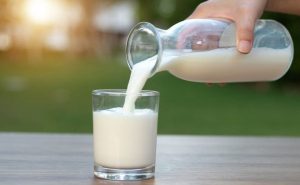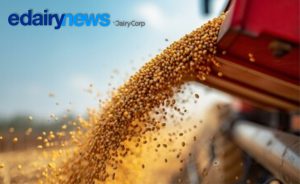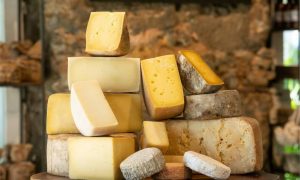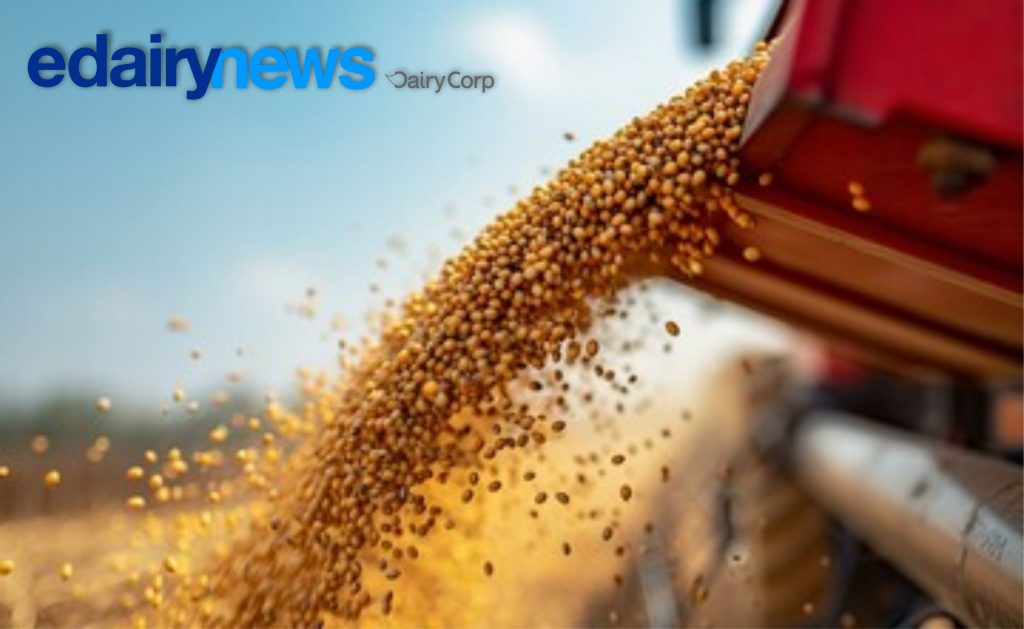Above all in the first half of the year, especially in January (-4.56%) and February (-2.68%), less milk was delivered. This trend changed from August and more milk was taken over again by the end of 2019. This development continued at the beginning of the new year 2020.
At the end of last year, there were 25,608 milk producers and 524,068 dairy cows in Austria. These not only supplied the local dairies, but also delivered raw milk to dairies in Germany and Italy.
In 2018 there were 26,584 milk suppliers; this was 976 suppliers or 3.7% more than in 2019. Looking back on the situation 20 years ago, in 1999, there were still 72,358 milk producers in Austria. Since then, 46,750 dairy farmers have stopped delivering. The trend will continue in 2020, according to the AMA.
In percentage terms, Austria continues to be among the front runners in the organic milk sector. Last year, Austrian dairies were supplied with 584,974 tons of organic milk (389,564 tons of ordinary organic milk and 195,410 tons of organic hay milk). The dairies and cheese factories processed 2.9% or 16,611 tons more organic milk than in the previous year; the share in the total delivery was around 18.6%. The organic drinking milk sector stands out in particular, where production was increased by more than 8% or 9.9 million kg. Especially pasteurised drinking milk with a fat content of 3.5% and more was able to achieve a strong increase in production; the additional production compared to 2018 was an impressive 7.4 million kg.
The main product in the drinking milk sector is still ESL whole milk. In 2019 71.6 million kg was produced. Total organic drinking milk production amounted to 130 million kg, which corresponds to around 16.6% of the total Austrian drinking milk production.
The sweet cream and sour cream category was able to achieve a significant gain in 2019 with an increase of 13%, with the production of pasteurised sour cream with a fat content of over 29% increasing significantly.
Kefir is becoming a customer favourite in the acidified and sweet organic milk mix products category, there was a small increase in production of 1% compared to 2018 and amounted to just over 35 million kg. The kefir production in 2019 increased by more than 1 million kg and was 3.4 million kg annual production, in the organic sector. A total of 14.5 million kg of kefir were produced in 2019. Kefir has seen the greatest increases in production over the past five years.
In the cheese and curd cheese (organic) area production fell by around 3.6% to 30.8 million kg in 2019. Gouda and Bergkäse were among the losers in the organic segment compared to 2018.
Total exports from Austrian dairies in 2019 saw an increase compared to the previous year in all product segments, with the exception of butter preparations (-16.7%) and sweet and sour cream products (-1%).
Although Austria is traditionally an importer of butter, as more butter is needed than is produced domestically, exports in this product group have also increased. A total of 33,519 tons of tea butter was produced and 2,064 tons of this was exported; this meant an increase of 24% or 403 tons over the previous year.
In the drinking milk sector, exports rose by 1% or 3,592 tons. A total of 359,967 tons (this makes up 46% of the total production) were exported, the main share was UHT drinking whole milk.
In the cheese and curd cheese category exports also increased by 1%. Of the 205,160 tons of cheese and curd cheese produced, 90,538 tons (corresponds to 44% of production) were exported. The soft cheese product group was very popular, especially brie, green cheese, double mould cheese, soft cheese with white mould and soft cheese with cultures/red smear. But the semi-hard cheese product group, which includes varieties such as Edamer, Gouda and Tilsiter, couldn’t quite keep up.












